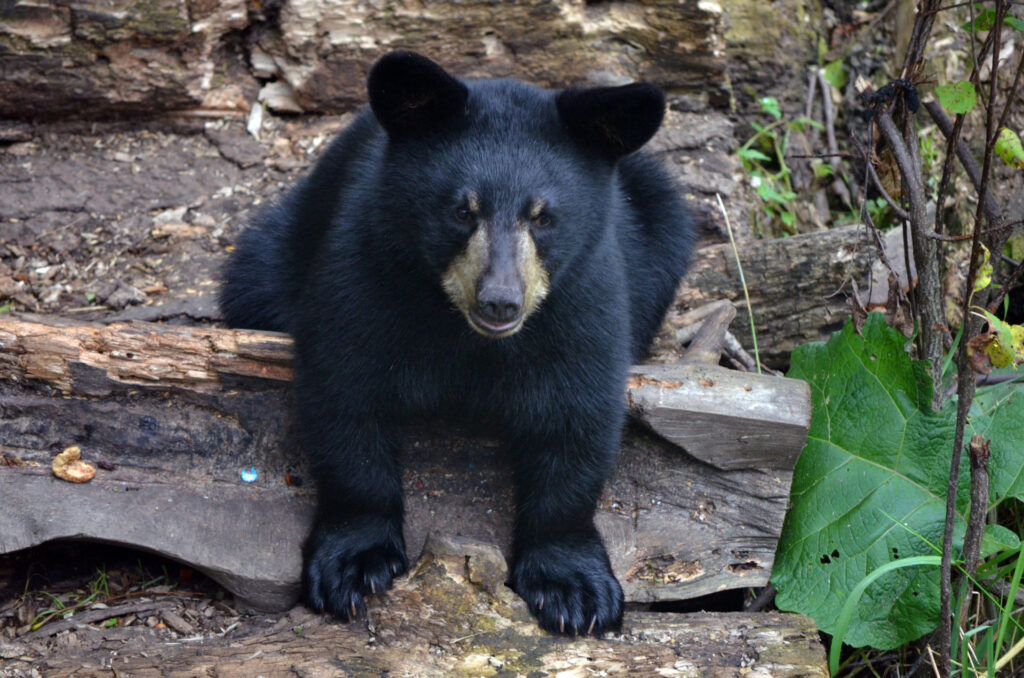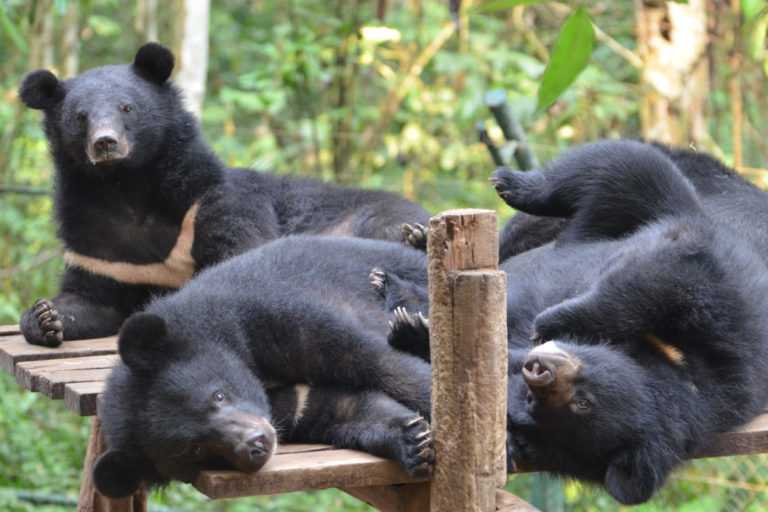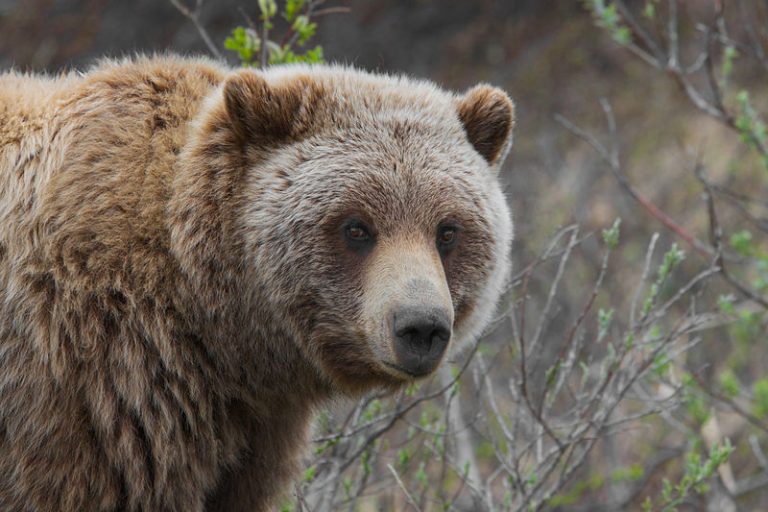In the riveting exploration captured in “Eight Bears: Mythic Past and Imperiled Future,” award-winning journalist Gloria Dickie confronts the precarious state of the world’s remaining bear species. Amid celebrated conservation victories, like those of the giant panda and brown bear, the majority of bear species grapple with persistent threats.
In an engaging podcast discussion, Dickie unveils the intricate challenges faced by specific bear species, notably the Andean bear and the polar bear, navigating the complexities of climate-related threats. She artfully underscores the nuanced difficulties in addressing global issues like climate change compared to more localized concerns such as habitat loss.
Traversing the globe to document the status of each bear species, Dickie shares compelling narratives from her travels, revealing the arduous journeys these charismatic creatures endure. “Eight Bears” portrays the unique hurdles faced by each species, emphasizing the intricacies that render the replication of conservation successes challenging across diverse threats and nations.
The podcast delves into the dynamic realm of bear conservation, highlighting the potential captivity of polar bears due to the shrinking polar ice caused by human-induced climate change. Dickie emphasizes the urgency surrounding bear species and reflects on the valuable lessons learned that contribute to humanity’s strides in protecting certain species.
Navigating the complexities of climate change, Dickie notes, “It’s quite tricky for bears threatened by climate change and not just habitat loss.” While habitat loss finds remedies in localized policies, addressing climate change demands a global effort that, to date, has seen limited progress.
The Andean bear takes center stage as an illustrative example, confronting habitat challenges as its primary residence, cloud forests, faces projections of significant shrinkage. Scientists anticipate declines in cloud immersion, presenting a stark reality of reduced habitat for these vulnerable mammals. The discussion resonates with insights into the intricate tapestry of bear conservation, advocating for a collective and global commitment to safeguard these extraordinary species.

In the intricate tapestry of Southeast Asia’s wildlife, the sun bear (Helarctos malayanus) and the moon bear, also known as the Asian black bear (Ursus thibetanus), bear the heavy burden of population decimation, courtesy of the rampant wildlife trade and the haunting specter of bear bile farms. Vietnam, in particular, has grappled with the shadows of bear bile farming, officially outlawed in 2005. However, the clandestine practice persists in a regulatory gray area, allowing farmers to keep bears in captivity.
Amid this challenging landscape, a glimmer of change emerges. Award-winning journalist Gloria Dickie, author of “Eight Bears: Mythic Past and Imperiled Future,” unveils the delicate dance between conservation efforts and persistent challenges. Despite the legal framework against bear bile farming, enforcement remains lax, prompting a continued struggle to protect sun bears and moon bears from exploitation.
In a recent turn of events, Dickie sheds light on Vietnam’s governmental initiative. “Basically, they said, ‘Yes. Every single person has to give over their bear by the end of 2022, and it will go to one of these sanctuaries.’ And so, they are pretty close to fulfilling that now,” she reveals. This commitment, while commendable, faced setbacks exacerbated by the unforeseen challenges of the COVID-19 pandemic.
The story unfolds as a delicate yet hopeful narrative, where the Vietnamese government grapples with the complexities of bear conservation, striving to honor a promise to relocate captive bears to sanctuaries. This journey, intricately woven with the nuances of policy, wildlife trade dynamics, and pandemic-induced delays, stands as a testament to the ongoing struggle to protect these remarkable species in the face of adversity.

The passage highlights the historical decline of grizzly bear populations in the contiguous 48 states of the United States and the subsequent efforts to recover their numbers through conservation measures. The Endangered Species Act played a crucial role in initiating these conservation efforts. Despite the positive outcomes, there is concern about potential setbacks due to the reintroduction of hunting.
The argument against hunting is based on the idea that allowing trophy hunts of grizzly bears could have a detrimental impact on their populations. The passage suggests that bears act as an “umbrella” species, meaning that protecting them and their habitat automatically benefits other species in the same ecosystem. This concept emphasizes the interconnectedness of species within an ecosystem and how the conservation of one species can have cascading positive effects on others.
The author also touches upon the importance of charismatic or iconic species, such as bears, in environmental conservation. The argument is that writing about these large mammals can attract public attention and support for conservation efforts. While charismatic species may already receive a lot of attention, the passage suggests that their popularity can be leveraged to garner broader public interest in environmental issues. The author implies that if people care about iconic species like bears, they may be more likely to extend that concern to less charismatic but equally important species like banana slugs or insects.
In summary, the passage emphasizes the delicate balance between conservation efforts and potential threats, particularly the impact of hunting on the recovery of grizzly bear populations. It also underscores the broader ecological significance of protecting umbrella species and the role of iconic species in generating public interest and support for environmental conservation.

She also shares her belief in the transformative power of the enduring cultural ties between humans and bears, spanning centuries. In her words, she envisions this profound connection acting as a dynamic force, inspiring not only the protection of bears but also kindling a fervor for safeguarding other overlooked species.
“I hold the hope that this unique bond can awaken in us a commitment to preserve the well-being of bears and, in a ripple effect, spark a dedicated guardianship for other species that may linger in the shadows,” she passionately asserts.
